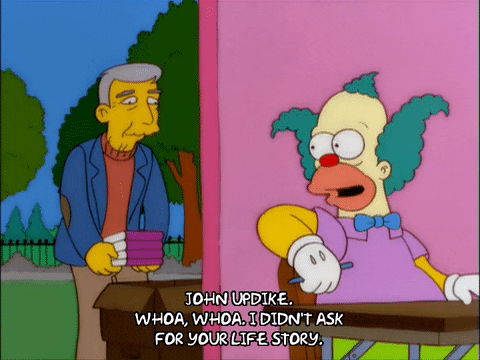It's a BLAST; SI x AI = WTF; The value of warmth; Fans are long FaZe Clan; Ding Dong it's a festive UP hangover; Swimsuit Schwimsuit; Attention Matters; Prem rights line ups; Sky's tennis hedge; H&M
Overthinking the sports business, for money
This week’s newsletter is sponsored by Turnstile, the leader in the fair market pricing of sponsorships.
Are you frustrated by decades of inflated and unrealistic media equivalency valuations? Are you struggling to understand the value of your Intellectual Property, the real value of exposure and the detailed value of benefits in your sponsorship deals?
There is a solution. Turnstile was built with a single-minded focus...to help the industry solve the million- dollar question...how much is this sponsorship actually worth?
Their approach leverages $billions of dollars’ worth of real-world sponsorship contracts to provide a fair market pricing approach that reflects the true value of sponsorship assets.
This approach is trusted by the world’s biggest rights holders, investors and brands because its credible, defensible and accurate.
So now you can know the fair market price and transact with confidence.
If you would like to understand more visit turnstilegroup.com to contact the team.
An absolute BLAST
We spent last weekend in Copenhagen for the BLAST Premier Fall Final, one of the big esports moments of the year.
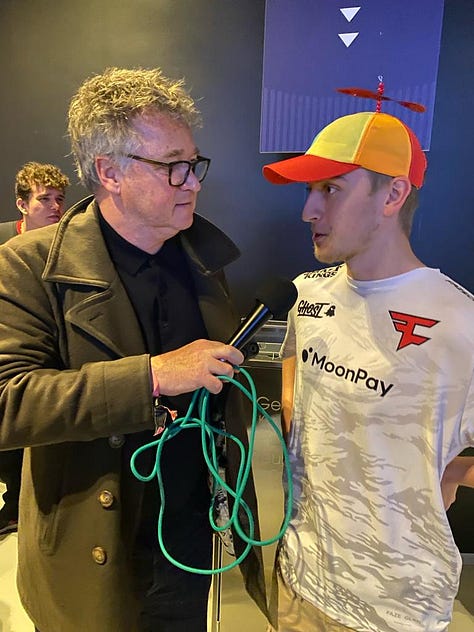
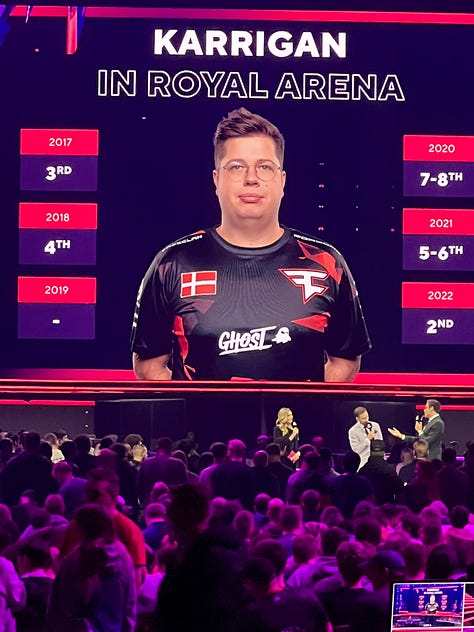

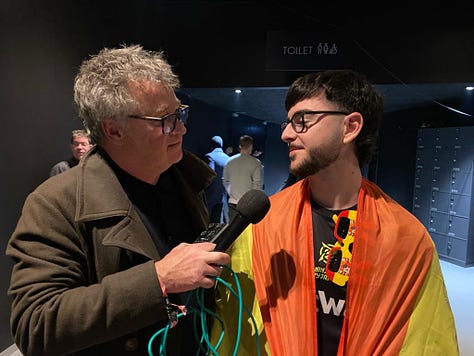
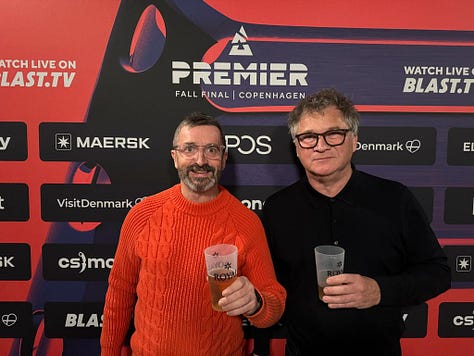
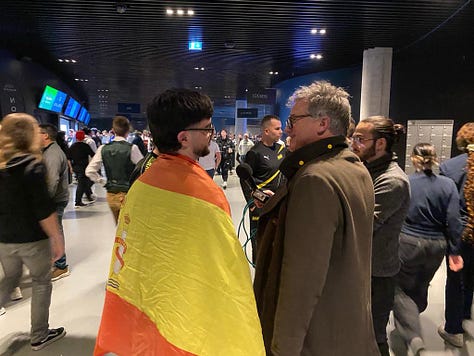
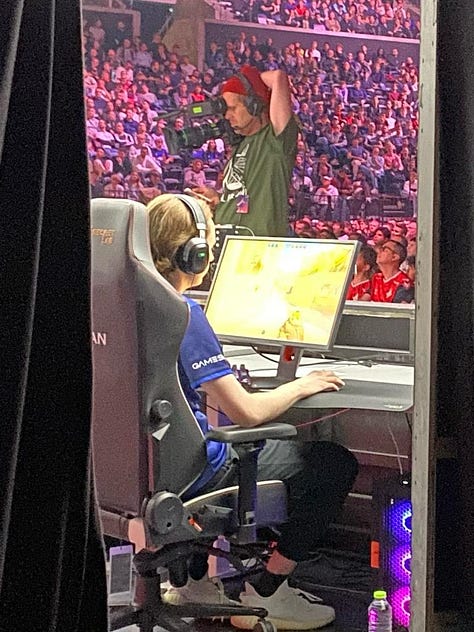

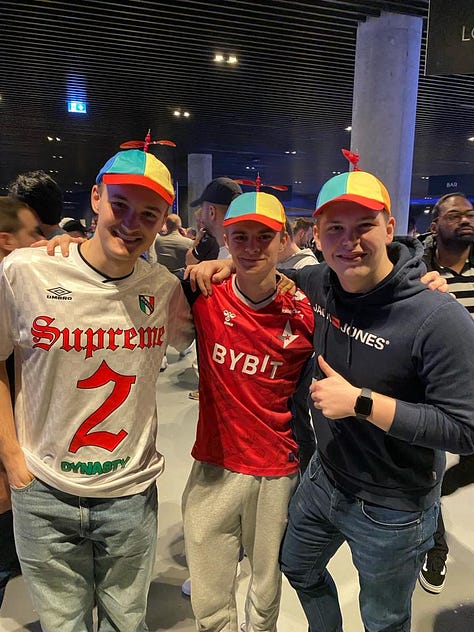
Warmth is an underrated intangible benefit
The venue atmosphere is exciting; tribal but not hostile.
I’m adding BLAST to the list of sports events to which I’d take the family (whether they want to go is an entirely separate question…)
This is a valuable commodity.
I’ve been educated to conflate sporting tribalism with (men’s) football: angry, malevolent, the very real risk inherent in being targeted by a pint of piss.
What if, it isn’t that?
Fans are a better judge of franchise value than the money markets
UP Rule: Building sustainable team brands is one of the hardest things.
The Royal Arena was chock full of fans.
Proper, merch wearing tribal avids.
FaZe Clan, Vitality, Cloud9…names that I’d seen only in sport biz and financial news stories, featuring (notably older) salesmen pitching them as viable commercial assets.
Seeing those brands in the wild is a necessary counter to the judgement of the markets, with its short term, narrow definition of success and failure.
These brands resonate. The team members are heroes. They have backstories that talk to their own lives. It’s an intimate relationship.
If you only get the market’s view of FaZe Clan, you’re missing the point.
OTT needs glue
Is watching enough?
The nuts and bolts of the esports media ecosystem can look a lot like its generic sport OTT counterparts - Olympic Channel, FIFA+, rugby, tennis etc etc.
But there’s that additional element to why people stream Counter Strike and the other big games.
That interactivity, that’s buried deep in to the relationship, moves it from passive viewing experience to something far more visceral.
That’s what they expect from the experience.
Watching feels very 1976.
Hear our podcast, including the conversation with Tom Greene, COO of BLAST, here:
SI x AI = WTF?
Sports Illustrated got caught out this week.
Running AI generated stories under the bylines of made-up journalists.
‘Greg Ortiz’ wrote: “volleyball can be a little tricky to get into, especially without an actual ball to practice with."
Given John Updike used to write for SI, it’s quite the editorial decline.
First bounce: AI is coming, journalists will be obsolete
I’m not here to build a chin stroking defence of the old trade.
We’re in the early days of this story, where we veer between rabid fear and unlimited expectation.
Meanwhile, accountants will jump on AI to cut people out of the balance sheet.
Second bounce: This is more about SI than AI
Sports Illustrated was one of the great 20th century magazines.
But that was a long time ago.
Since then it’s been a brand, the commercial value of which outran the quality of the product, which has been shit for decades.
Women played a central role in its success.
Mainly by getting their kit off.
The SI Swimsuit Issue began in 1964 because the editor didn’t have much winter sport to cover.
It became a cultural phenomena, an early culture war prop: hated by women but popular among the type of men who thought they were above Playboy and Penthouse.
Then, the Swimsuit schtick stopped working - by that I mean it made less and less money as men discovered internet porn.
So in 2022, SI’s publishers tried a heroic handbrake turn.
To participate, we are changing the cost of doing business from a monetary value to a currency of doing good. All brands who prove they are creating change for women will be certified as a Changemaker, which is defined as a brand who has made, is making and will make progress for women by May 2022 when the annual SI Swimsuit Issue hits stands. Each changemaking brand will then be able to purchase a space within the print edition, which will only feature adverts showcasing the progress each brand is making to build equity for all women. Brands will also be featured across SI Swimsuit’s digital properties including our social media channels.
…Additionally, SI Swimsuit will invest a percentage of every ad dollar generated by the annual issue to create the Sports Illustrated Gender Equity Fund. The Fund will support a non-profit organization which is on the frontlines of helping create an equitable future for all women.
Nice try.
This is a better explanation of where SI is today.
But now that it's under the management of The Arena Group, parts of the magazine seem to have devolved into a Potemkin Village in which phony writers are cooked up out of thin air, outfitted with equally bogus biographies and expertise to win readers' trust, and used to pump out AI-generated buying guides that are monetized by affiliate links to products that provide a financial kickback when readers click them.
Good riddance.
A certain humility
A slight build.
I'm an avid reader of everything the team at Storythings produces.
And they have a new thing out.
It about the really hard problems, such as discoverability and the role of audience habit in format creation.
Why do we care?
Digital publishing has a useful echoes for sports rights holders, many of whom now define themselves in that way.
The debate is how to build sustainable audience communities.
This is a good quote, from The Rebooting, a newsletter about ‘sustainable media’ from ex-Digiday President Brian Morrissey.
He’s been saying for a while that digital publishing is moving from the big Traffic-era brands like Buzzfeed or Vice towards smaller, niche publications, and the first step in making this shift is to be honest with yourself about the scale of your audience:
“A niche focus takes a certain humility. It means accepting you cannot be all things to all people, and that most people will never know or care about what you’re doing.”
I don’t know about you, but whenever I read a sponsorship pitch deck, it rarely screams humility.
Short Thoughts
Runners and Riders for the Premier League auction, by Sean McGuire at Oliver and Ohlbaum
Sky: The flagship 4pm Sunday and 8pm Monday slots are key; beyond this, the 2pm Sunday slots are likely to see “bigger” teams playing, with those fixtures often featuring clubs playing in Europe, so Sky will likely look to retain those too.
TNT: Given their portfolio, and the overall focus of parent group Warner Bros. Discovery on cost control, a renewal rather than an increase is likely to be their strategy.
DAZN: If Sky and TNT place low bids, there may be an opportunity here. But securing one package of (not first pick) rights is unlikely to be a successful strategy – Setanta and ESPN tried this, and the results, well, weren’t great….That means that DAZN will have to secure either two packages, or one package with top-tier fixtures. This won’t be cheap – even at today’s values, that’s likely to be close to a billion pounds a year.
Is tennis a Sky hedge?
Mike Darcey asks whether Sky’s move back to tennis is them scaling back the dependence on PL matches, making sure it has a broad suite of other (cheaper) rights secured in advance. This would mean that other winners of PL rights – there could be two or three in this version of events – would be stranded as narrow, standalone PL services, with little else available to round out a broader sports offering. Echoes of Setanta, but not as good. In extremis, this thinking might see Sky retreat to two of the five PL packs on offer.
Why didn’t I know about H&M’s horse strategy?
Thanks to Lona Price Jones for educating me.
The Swedish brands relationship with equestrian sport goes back to 1996. And their platform, H&M We Love Horses launched in 2009 across Facebook, YouTube, and Instagram.
The recent venture marks H&M as a case study of a brand investing and opening a new revenue stream to a niche, highly engaged audience through built brand equity via sponsorship.
Throughout their association they have had ‘naming’ rights on associated horses show/passport name. In the FEI database there are thirteen horses on record with ‘H&M’ in as a prefix to their name. The prefix creates a passive use of the brand name.
Ding Dong etc
The UP Christmas do was a messy, noisy hit.
Full to the brim with free booze and festive cheer.
Thanks to all who came along.
Thanks for your attention.
Do us a favour and Like the Like button below. It helps in ways we don’t quite understand.



